main anatomy page
WAVY GRAIN
Wavy grain is exactly what it says. The wood grain is wavy. This is NOT the same as "swirly grain" which is something that happens in and near crotches and sometimes in burls, both of which are very localized. This is a wave in the grain of the wood as it runs up and down the tree. It may not go all the way up and down but it is less localized that swirly grain and it does NOT show up in end grain sections, only in flat cut and quartersawn faces.
Wavy grain may or may not be accompanied by curly figure and certainly curly figure can occur with no hint of wavy grain, so the two are not intimately connected. On the pieces shown on this page, there was no curl unless specifically noted. I have seen statements on the internet that wavy grain is THE cause of curly surfaces. This is just flat wrong. It CAN be, but rarely is.
In addition to the woods shown here, I have it anecdotally that it occurs in American black walnut and a few other woods.
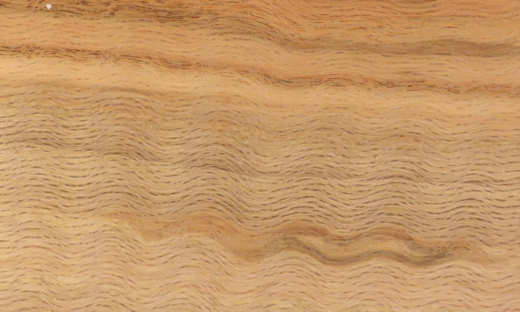
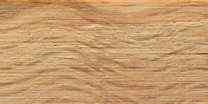
a 5" x 3" flat cut section of red oak shown here at 100% and and a 1" x 1/2" section of the edge grain of the same piece but shown at 200%. Wavy grain in various types of oak is not exactly common, but neither is it particularly rare. The next few sample show more oak with wavy grain.
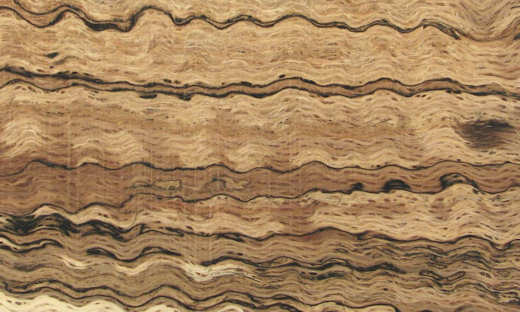
a flat cut section of spalted white oak, 5" x 3", shown here at 100%
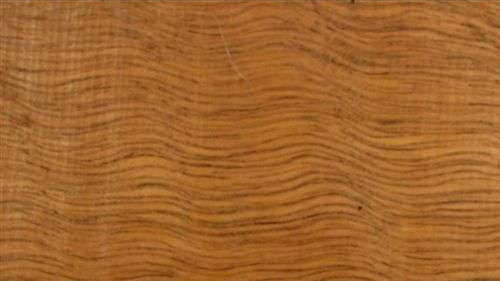
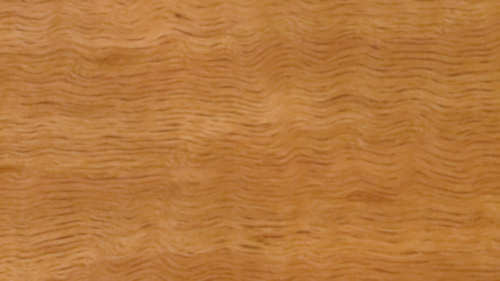
Canyon live oak and misc oak, BOTH WITH A FINISH and with an unknown scale. These were surfaces that I took pics of at a couple of craft stores.
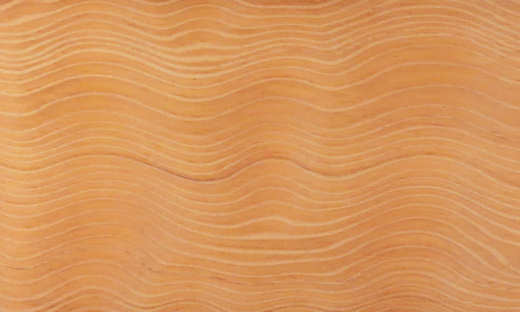
a flat cut section of Douglas fir, 5" x 3", shown here at 100%. Although I've only got a couple of examples of wavy grain in Douglas fir I understand it to be reasonably common. There was a VERY light curl in the flat cut face of this piece.
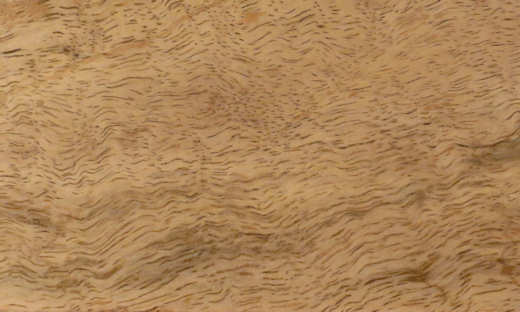
a flat cut section of mango, 5" x 3", shown here at 100%. Wavy grain is reasonably common in mango.
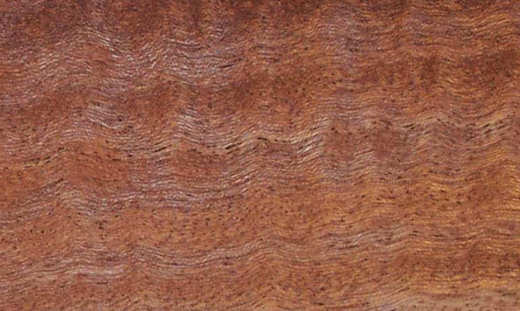
a flat cut section of sapele, 5" x 3", shown here at 100%. Wavy grain is fairly rare in sapele but can cause terrific figure when it does happen.
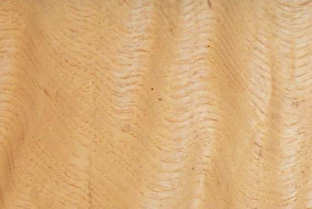
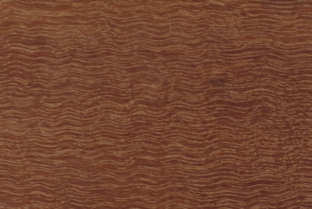
a flat cut sections of olive ash and bulletwood, both 3" x 2", shown here at 100%. On the olive ash you can see both curl and wavy grain right there in the flat cut surface. Olive ash often has swirly grain in the end grain but actual wavy grain seems to be rare. On the bulletwood, there is no obvious curl on the flat cut face, but directly below there's a pic of the side grain of the piece, which is quartersawn and shows curl very clearly. This sample of bulletwood is the only piece of that wood that I've ever seen with wavy grain.

closeup of a 3" wide by 1/2" high section of the quartersawn side grain of the bulletwood piece shown directly above, shown here at 100%. The curl is fairly clear in this pic but even more so on the piece itself.
AND ... just to be clear, let's look at something that is NOT wavy grain but looks like it might be
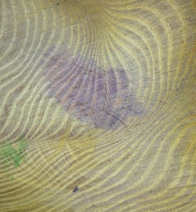
End grain area of a particularly twisty osage orange tree. This has the wave but it is NOT a wave in the fibers running up and down the tree, it is a swirl in the grain lines on the end grain. The owner of this piece said that the face grain does not look wavy (although it does have some grain swirl)
curly figure without wavy grain
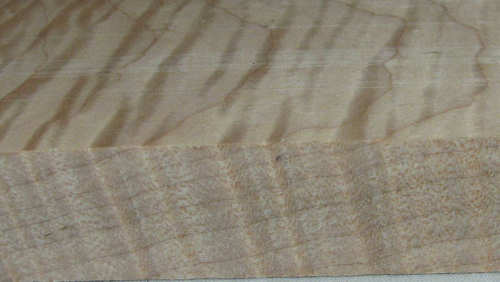
The face grain (upper part) and side grain (lower part) of a nice piece of very curly maple. If you look carefully at the side grain, you will see that it, like the face grain, shows strong curly figure but the grain lines have no wave at all. The face grain shows "cathedral grain" figure typical of a flat cut surface and the side grain, which is a quartersawn surface, shows straight grain lines (at an angle, admittedly, but pretty straight going from lower left to upper right)












